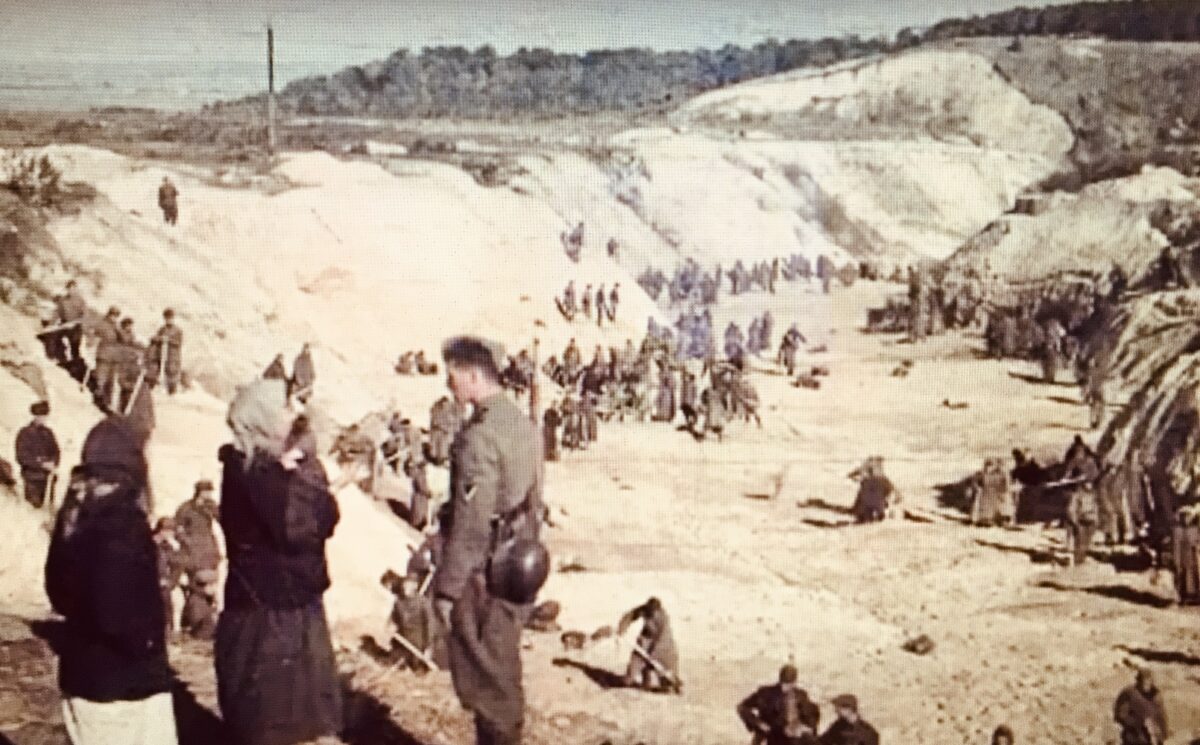A crime of unspeakable proportions took place in a wooded ravine on the outskirts of Kiev, the capital of Ukraine, 79 years ago today and yesterday.
At Babi Yar, or Babyn Yar, the Nazis murdered 33,371 Jewish men, women and children in one of the biggest single mass killings of the Holocaust. It was carried out by a German Einsatzgruppen murder squad in tandem with Ukrainian collaborators.
The Babi Yar massacre, one of most horrendous examples of the “Holocaust by bullets,” unfolded a little more than three months after Germany invaded the Soviet Union on June 22, 1941. While Jews from Western and Central Europe were mostly murdered in Nazi extermination camps in Poland, Soviet Jews were mowed down mercilessly in mass shootings in places like Babi Yar.
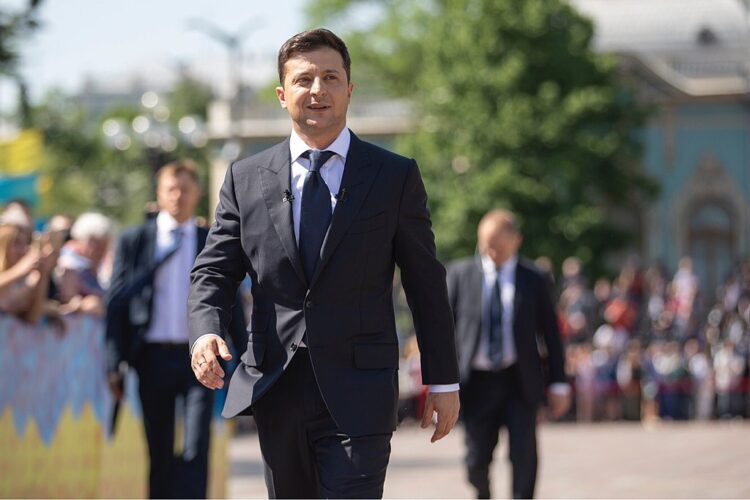
Yesterday in Kiev, Volodymyr Zelensky, the first Jewish president of Ukraine, visited Babi Yar to mark the anniversary of this infamous slaughter. “Seventy-nine years ago, a black page was inscribed in the common past of the Ukrainian and Jewish people,” he said. “We bow our heads before all the victims of Babi Yar. And we have no right to forget these terrible crimes.”
After the official ceremony, Ukrainian Minister of Culture Olexander Tkaschenko and World Jewish Congress President Ronald Lauder signed a memorandum of understanding and cooperation between Ukraine and the Babyn Yar Holocaust Memorial Center to build a museum chronicling that tragedy. It will be opened to the public in five or six years.

Natan Sharansky, a Soviet dissident and a former member of Israel’s Parliament, is one of the founders of the Babyn Yar Holocaust Memorial Center. Largely funded by a consortium of Ukrainian Jewish businessmen, some of whose families perished in Babi Yar, the center is dedicated to preserving historical memory.
Members of the board include the first post-Soviet president of Ukraine, Leonid Kravchuk; the former president of Poland, Alexander Kwasniewski; the former U.S. senator, Joe Lieberman, the ex-foreign minister of Germany, Joschka Fischer, and Lauder.
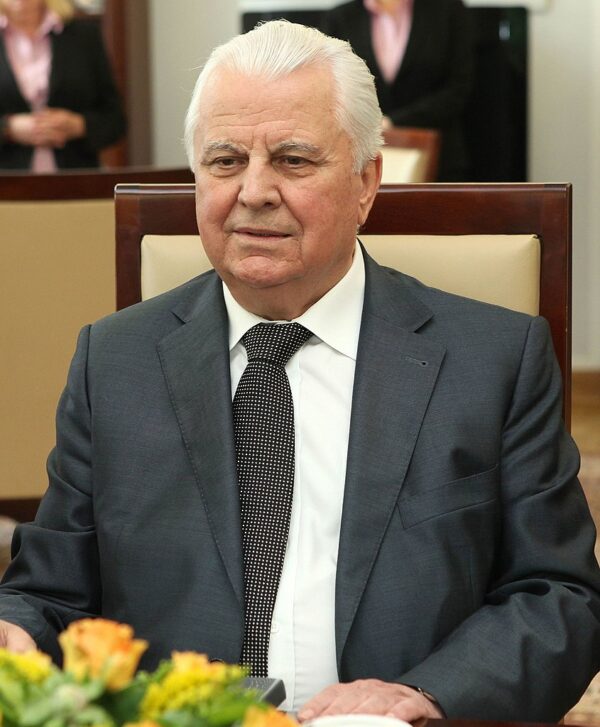
The Germans conquered Kiev on September 19, and eight days later, they posted a city-wide notice requiring its 230,000 Jews to appear at an intersection next to a Jewish cemetery and to bring documents, money, valuables, warm clothing and bedding.
The German authorities deceived Jews, claiming they were being “resettled” elsewhere.
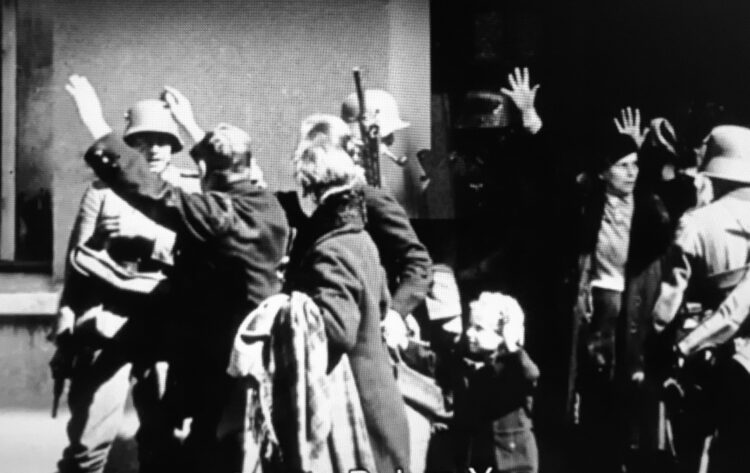
Having arrived at Babi Yar, they were ordered to strip naked. Herded into the ravine, they were summarily shot. The first victims were Ukrainian Jews, but 100,000 Polish, Czech and German Jews, as well as Red Army soldiers and Ukrainian Christians, were subsequently killed at Babi Yar.
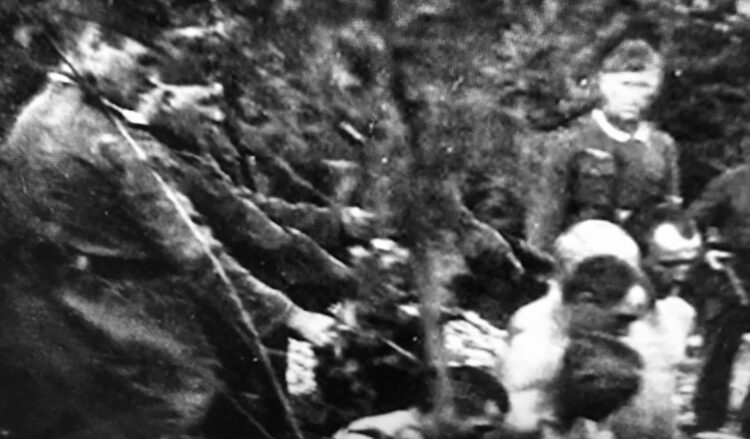
During the course of the Holocaust, the Germans murdered more than one million Ukrainian Jews. In their book, Old Wounds, the Canadian historians Harold Troper and Morton Weinfeld estimate the Nazis killed 90 percent of the Jews of Ukraine.
In a frantic attempt to cover up their crimes at Babi Yar, the Germans exhumed the corpses and set them alight in the summer of 1943. But human remains were found in the ravine following the Soviet takeover of Kiev in 1944.
I visited Babi Yar in the autumn of 1992, just after Ukraine attained its independence from the former Soviet Union. My guide, Alexander Shlaen, the then president of the Babi Yar Public Historical Center, told me that the ravine had not changed much since the war, but that Babi Yar was now in the center of Kiev rather than in the suburbs. Young couples and their children spend afternoons in the ravine, and occasional joggers can be seen.

For decades after the Holocaust, the Soviet government consigned Babi Yar to oblivion. Moscow’s attitude was rooted in a policy designed to suppress Jewish history, culture and Judaism.
“The Soviets did everything to erase the memory of Babi Yar,” said Shlaen.
In 1960, during a political thaw in the Soviet Union, the novelist Viktor Nekrasov wrote a piece in Literaturnaya Gazeta, an important publication, in which he called for a memorial to Babi Yar. He had heard that plans were afoot to build a sports stadium on the site.
A year later, the distinguished Soviet poet Yevgeni Yevtushenko published an impassioned poem memorializing Babi Yar. The first two lines read: “No gravestone stands on Babi Yar/ Only coarse earth heaped roughly on the gash.”
Soviet Premier Nikita Khrushchev denounced Yevtushenko and rejected the concept of Jewish martyrology.
Khrushchev’s denunciation did not bury Babi Yar. In 1966, the Soviet writer Anatoly Kuznetsov wrote a novel about Babi Yar, but it was published abroad.
A monument commemorating Babi Yar was finally erected in Kiev in 1976, but it was devoid of all Jewish references and dedicated to the “victims of fascism.”
In 1989, the first commemorative Babi Yar ceremony was held near the ravine. Among its sponsors were the Ukrainian Communist Party leader, Leonid Kravchuk.
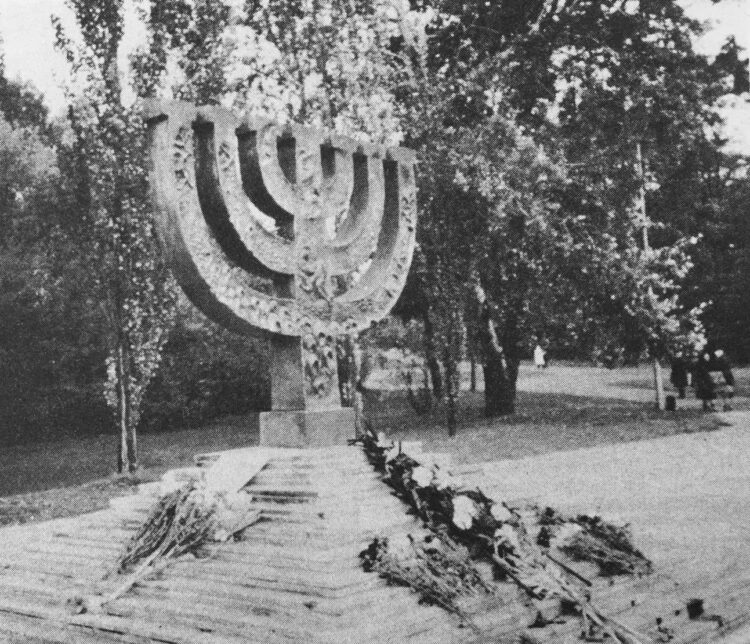
A breakthrough occurred in 1991 to coincide with the 50th anniversary of Babi Yar. A new memorial, taking the form of a two-and-a-half meter high stylized menorah and jointly financed by the Ukrainian government and the Babi Yar Public Historical Center, was officially inaugurated.
Twenty nine years on, Babi Yar no longer is shrouded in controversy. And the message it imparts is crystal clear.
As Volodymyr Zelensky said yesterday, “People, especially youth, should come and see the place where thousands of Jews were shot, to remember one of the greatest tragedies of the twentieth century. We must all understand that this cannot happen in the modern world, or in the future. Never again.”
